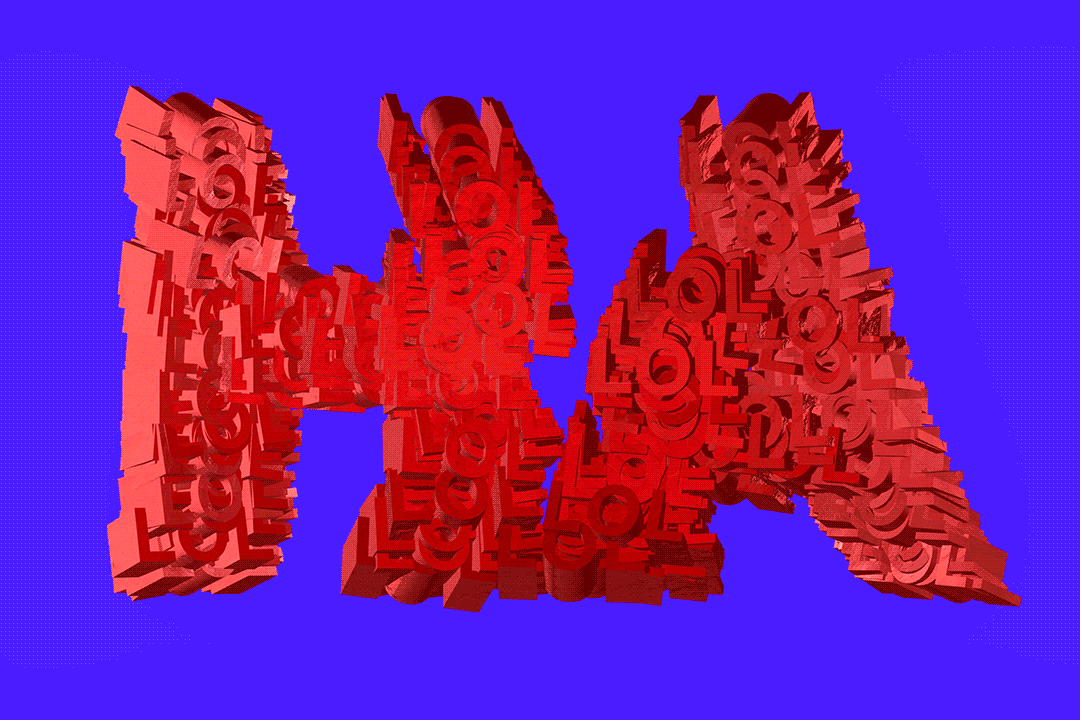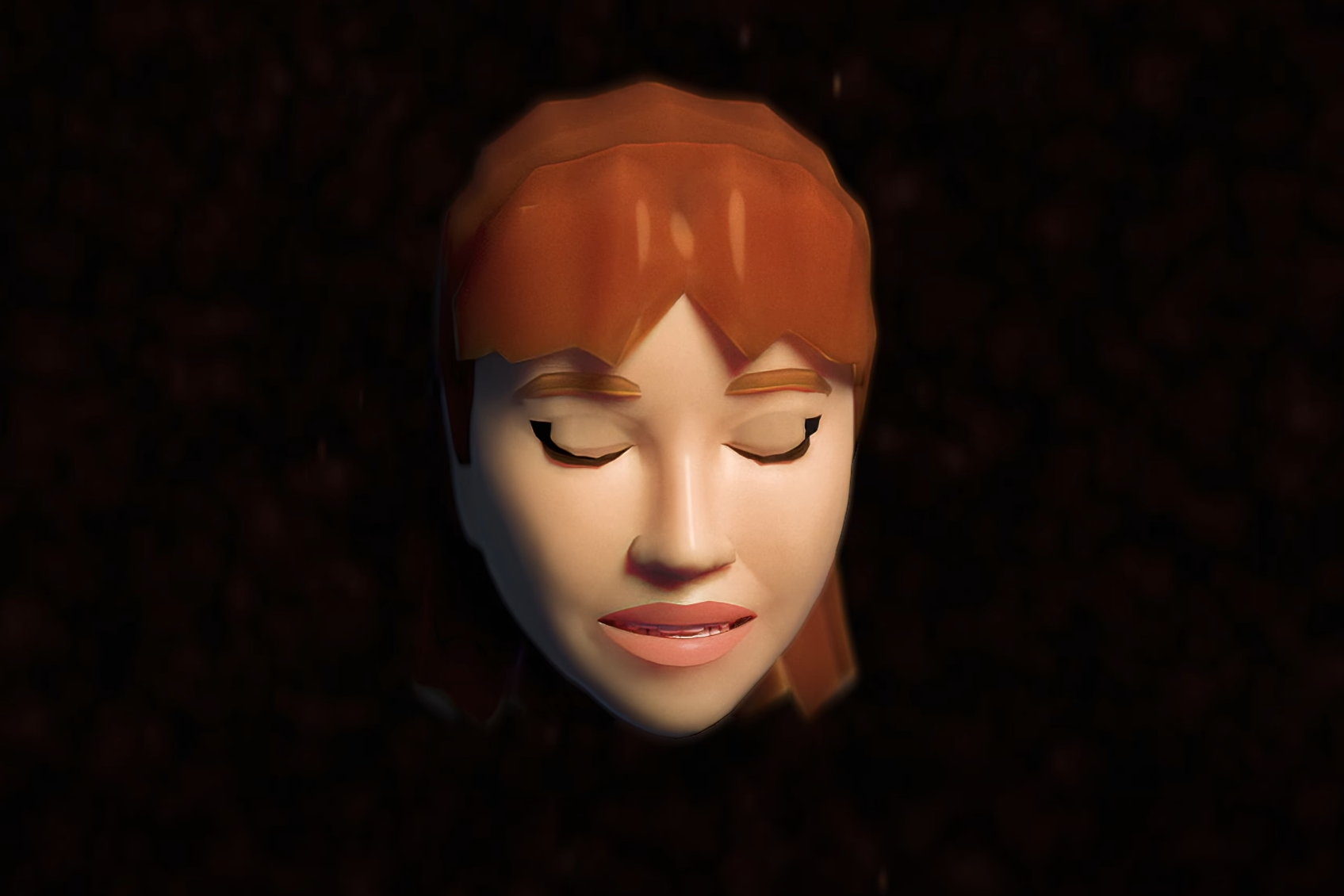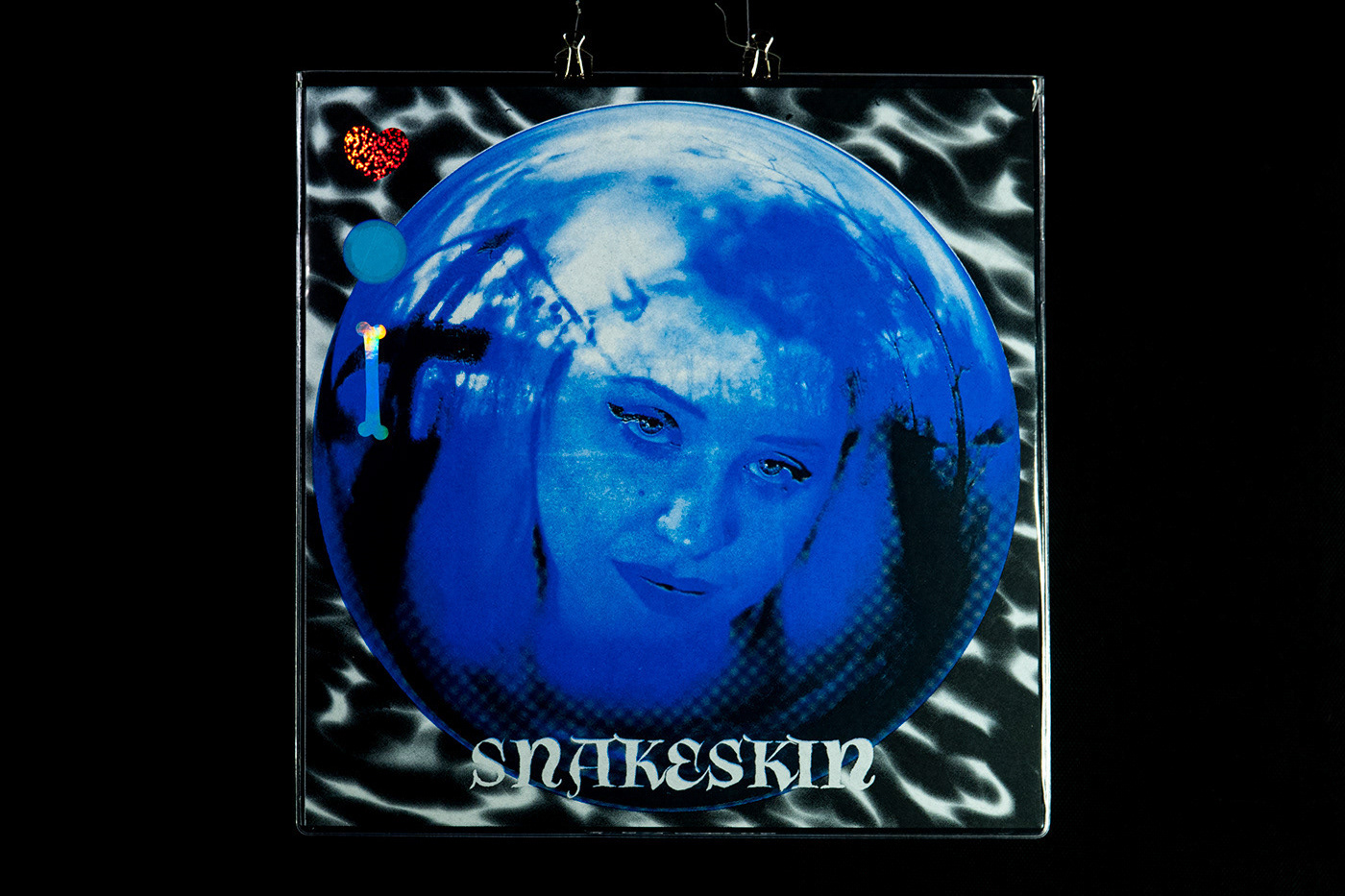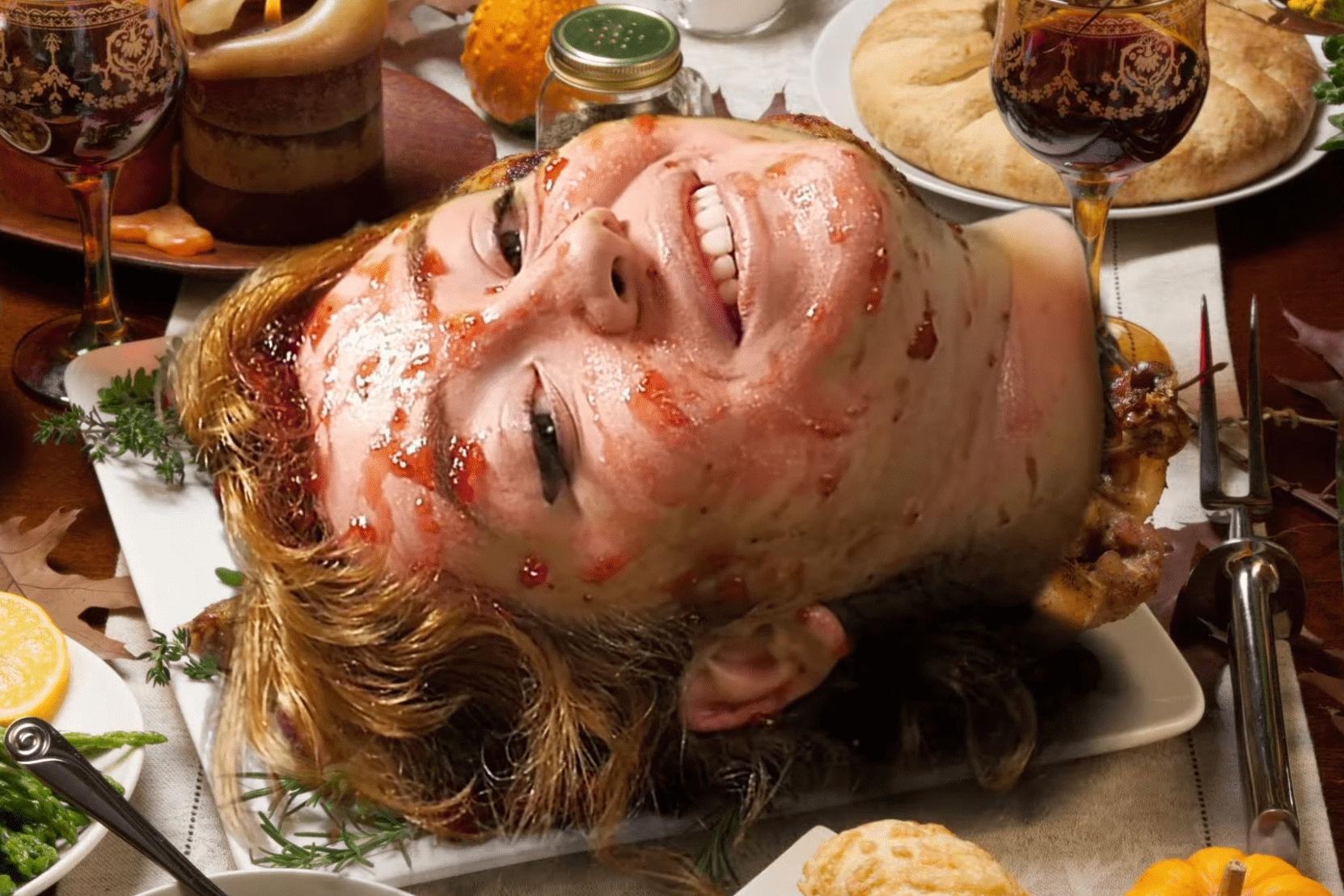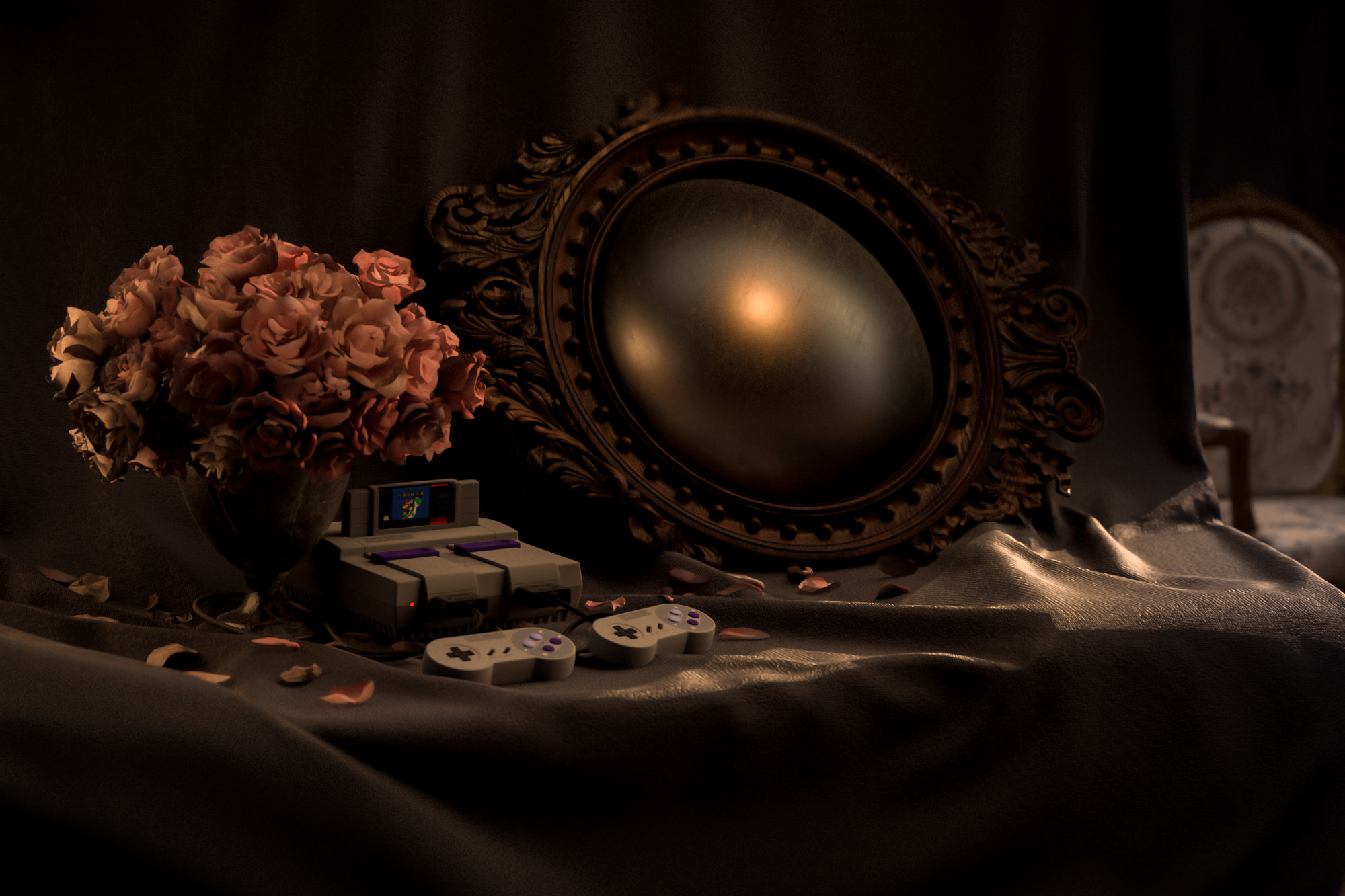DARK DESIGN: tool-breaking & the uncanny is my Master's Thesis Book for California College of the Arts. It is a 400-page collection of my graphic, industrial design, and film explorations while at CCA. In it, I argue that our technological era is defined by the progressive covering and obscuration of "how things work," both because of smooth, minimal design aesthetics and the complexity of the algorithms that structure our lives. An anti design, a "dark design" is called for. "Dark design" exposes the operation of tools by breaking them, in lingering on the edge of the uncanny valley, in being less about communicating a message and more about being a message. That is, in these ways dark design "short circuits" our expectations and tells us something new about the materials, tools, and ideas used in the work.
Below are some examples of the layouts and content of the book, some of which I will be posting and reworking as parts of my portfolio.
The cover art, which is created using Zalgo Text. See my project about the cover design for more information.

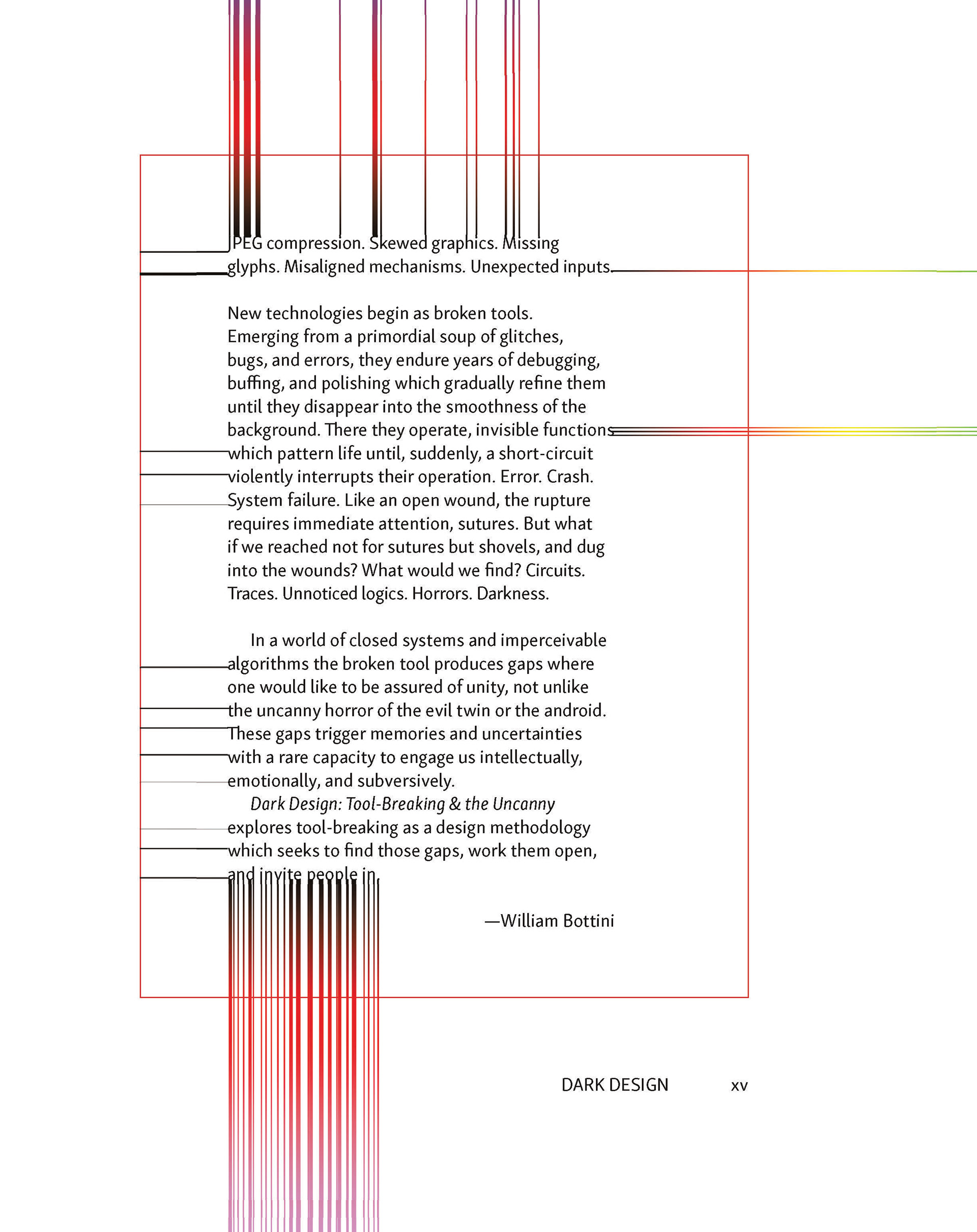



The chapter, "PHONE-BEING: DESIGN & DISAVOWAL" discusses the way in which our designed world is made to make us not care about the inherent problems of today's capitalism. It is styled as an MLA college paper.
Data visualization and glitch make up part of the discussion of design aesthetics. The "glitch aesthetic" may be dead and overused, but it tells us something about the way our culture relates to the past, the ghostliness we ascribe to broken technology, and the way in which we desire imperfect things. Below, a project in color-sorting which investigates the color of the internet. These two images are sorted color visualizations of two of my Pinterest boards.
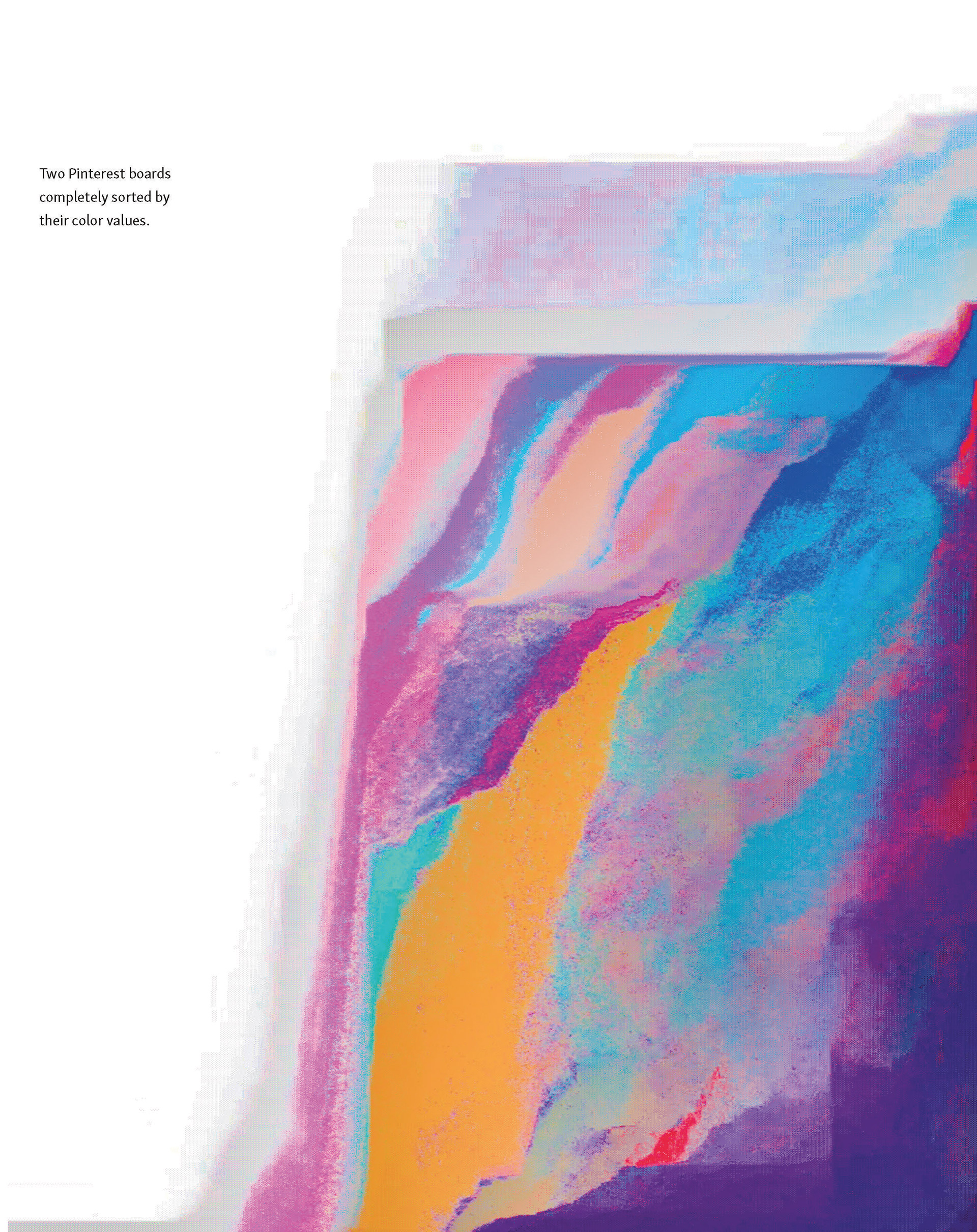
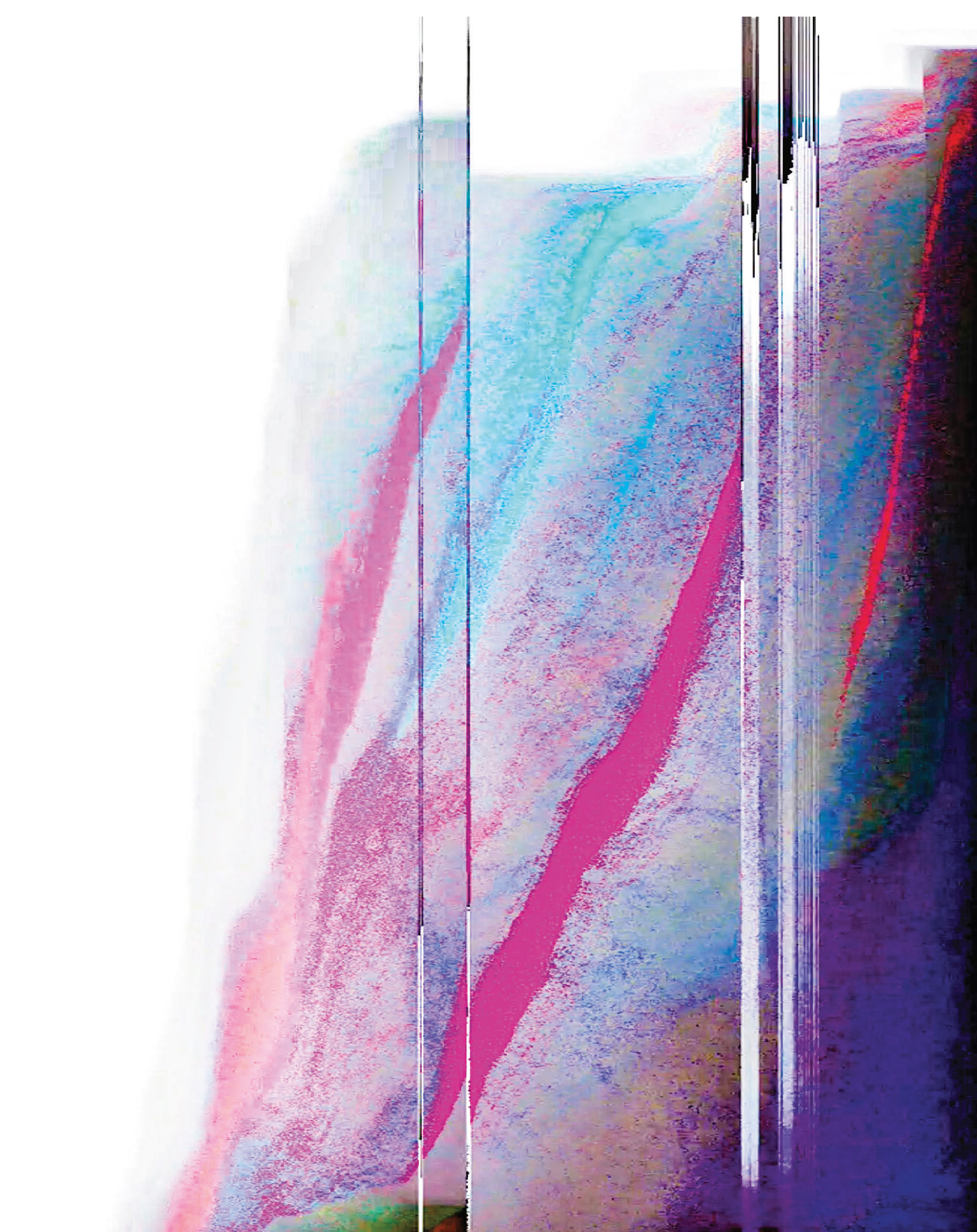
In marrying critical discussion and project-based work, my book explicitly discusses the methodology of dark design. How can we break tools? Crash it, burn it, exploit it, mark it, there is an infinity of ways to be bad.
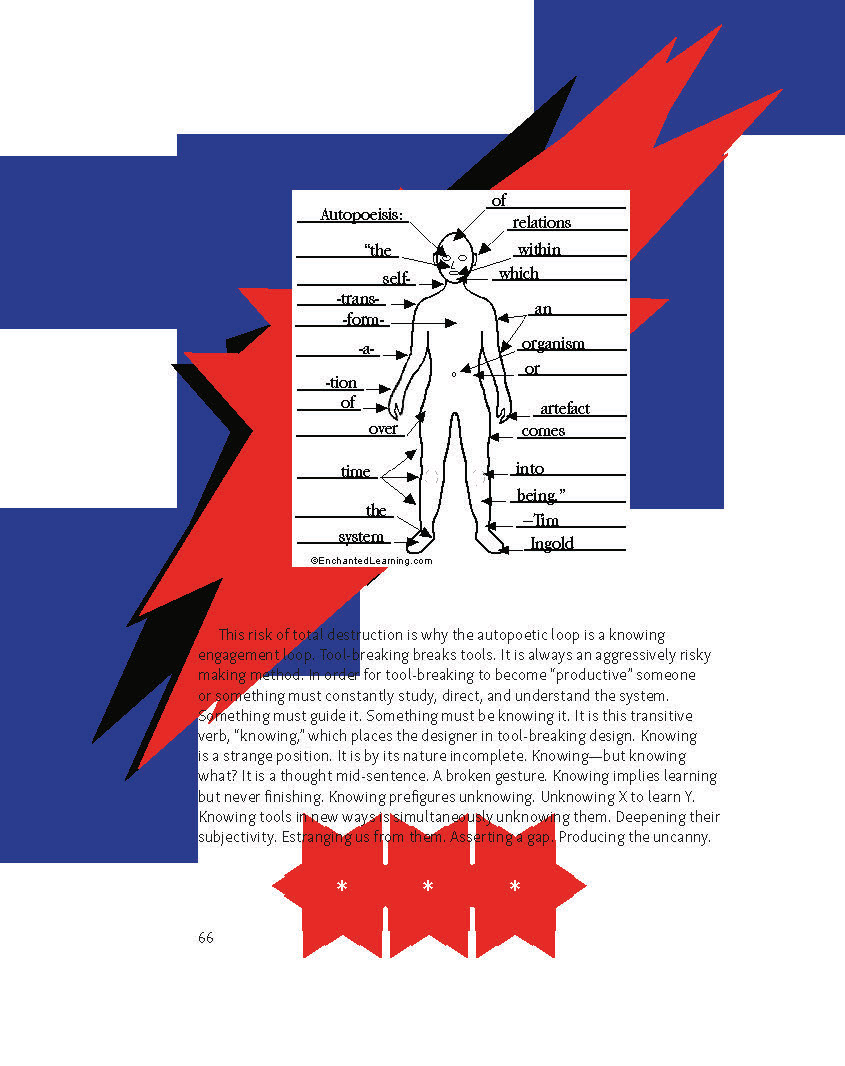

A large section of the book includes my explorations in 3D photogrammetry, a project I call "The UnMET." The UnMET is a series of scans of statues from the Metropolitan in NYC that were "acquired" without permission or knowledge from the museum. These stolen artifacts are the product of their procurement: broken, incomplete meshes torn into fragments by the low-light surreptitious nature of my scanning. This method produced forms which echoed the ruined state of the statues in the museum itself: broken ghosts of broken ghosts of their former selves.
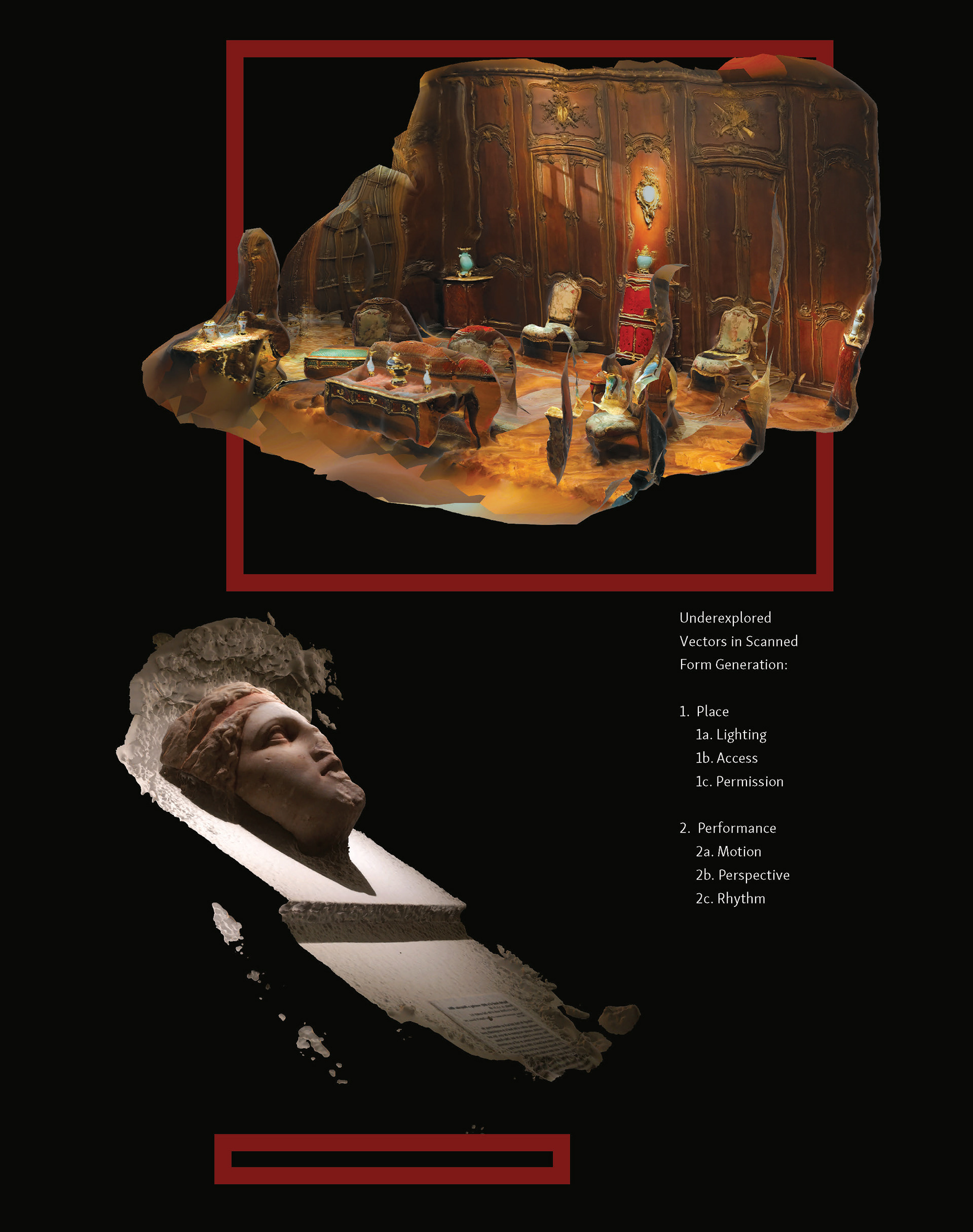
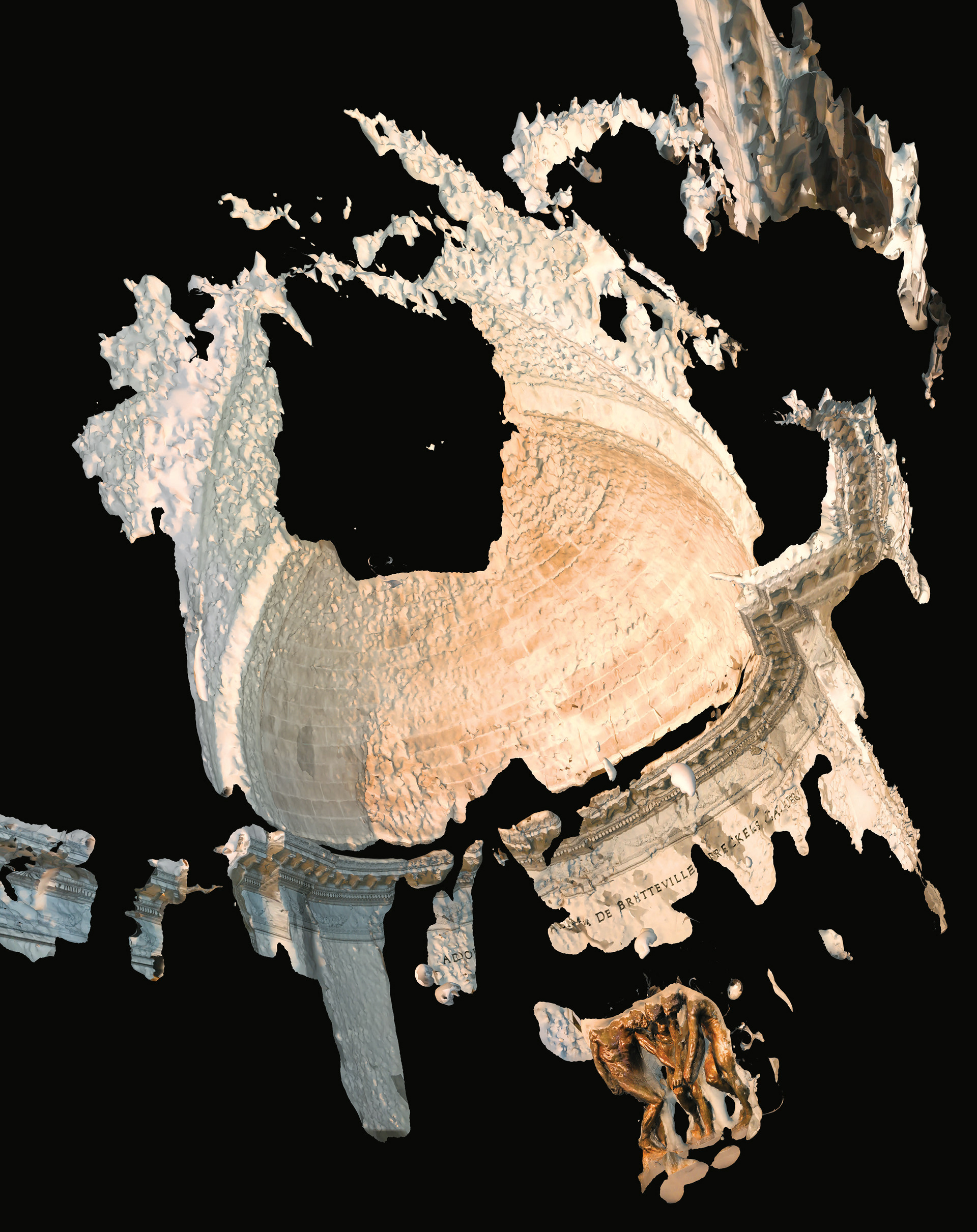

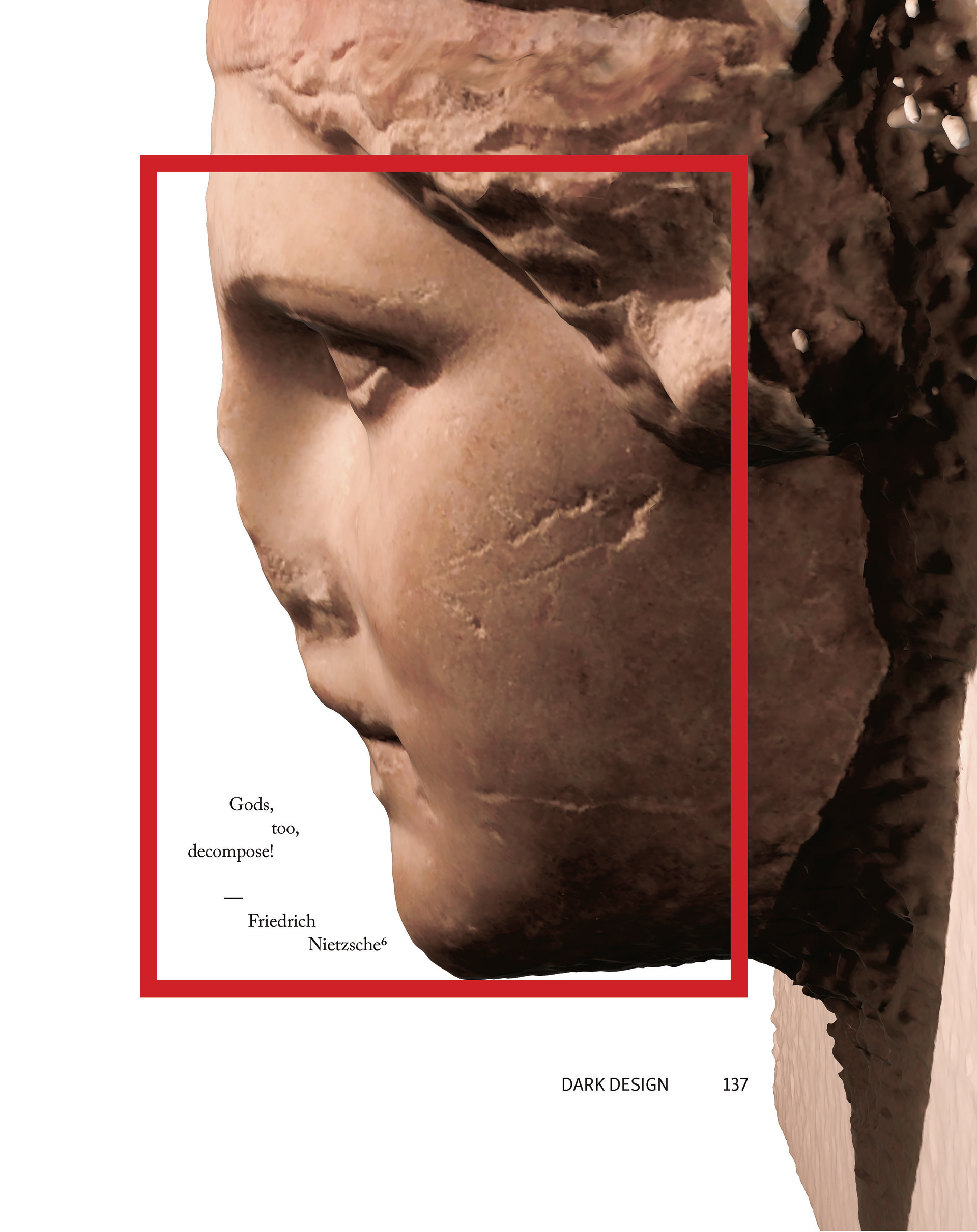
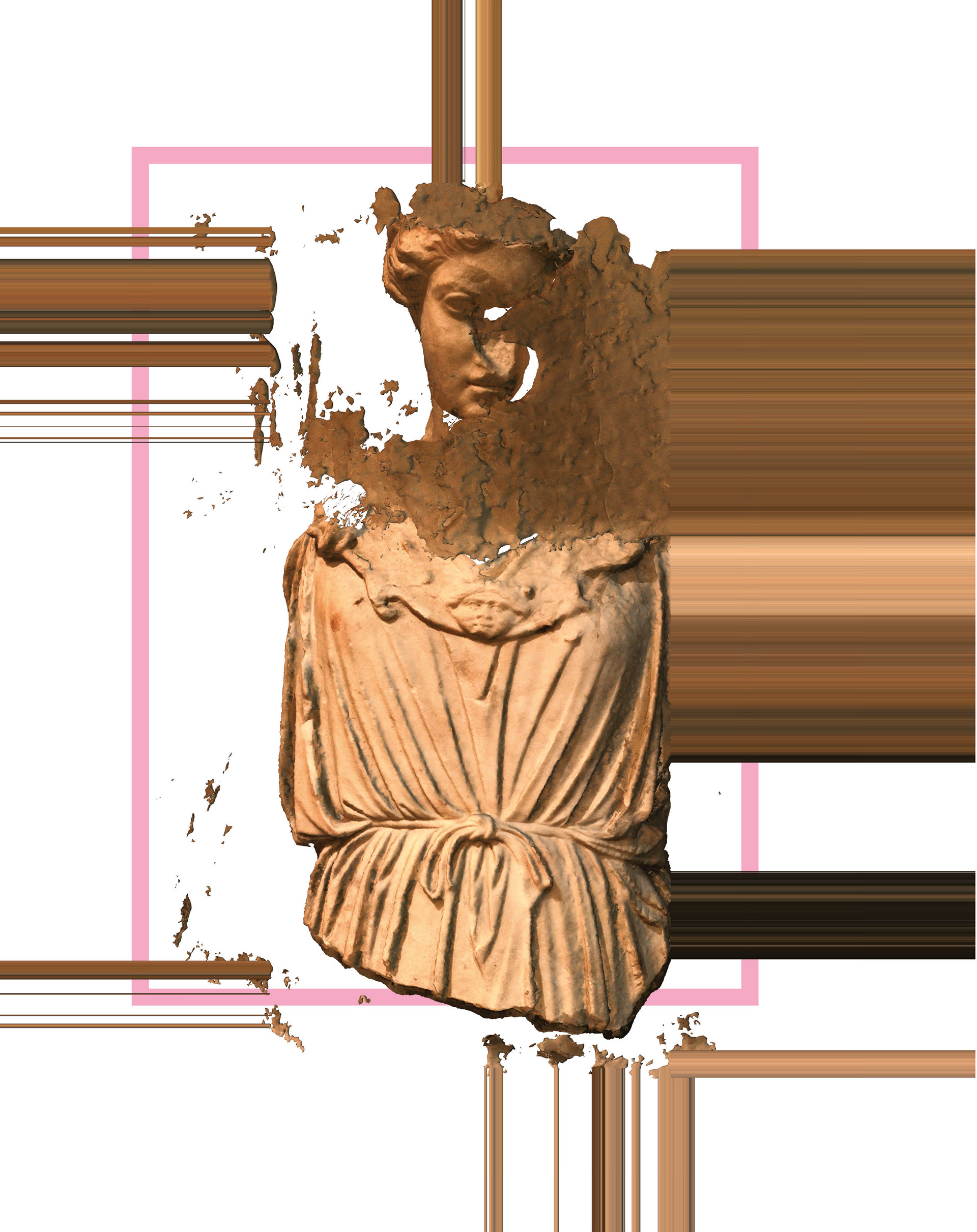
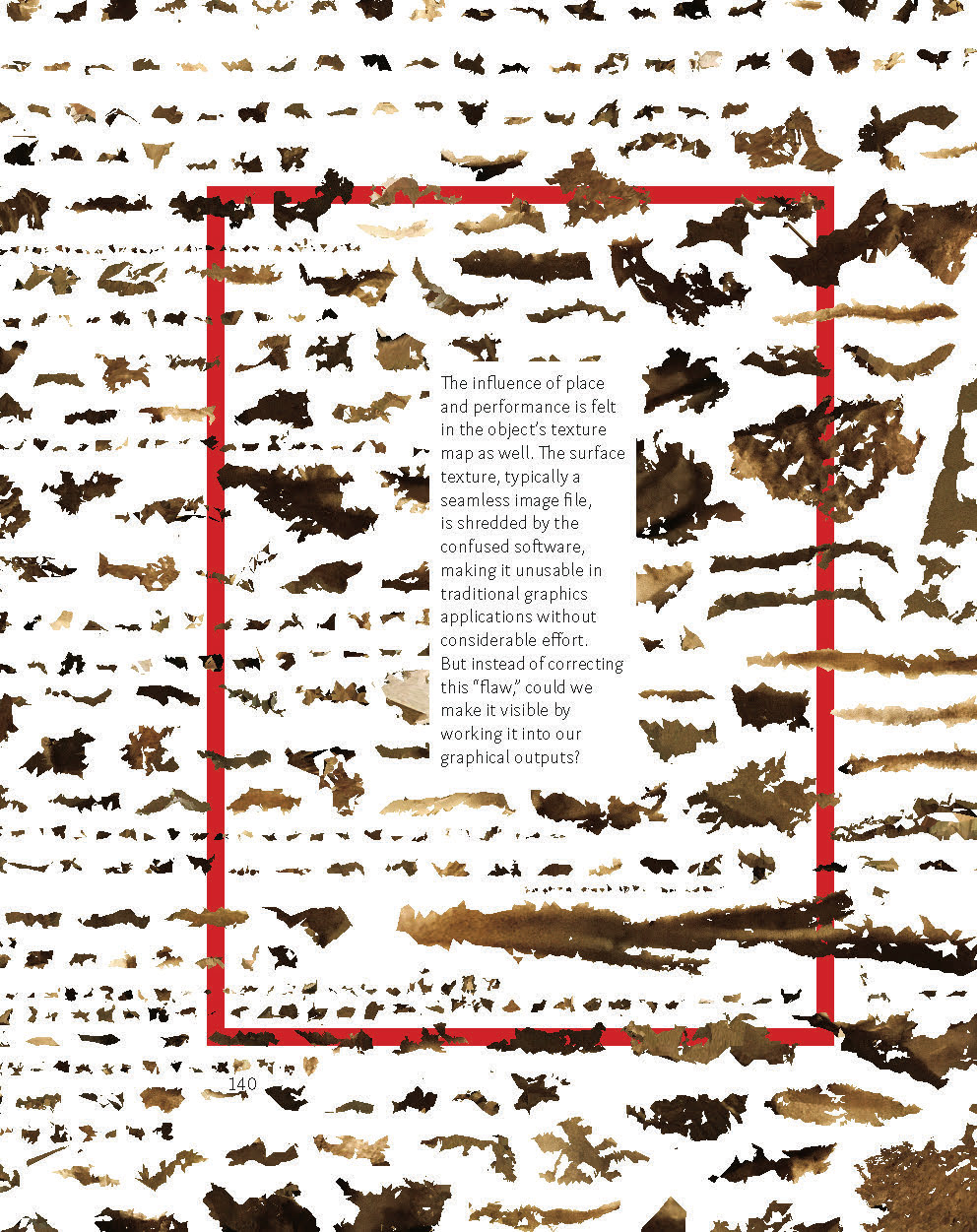
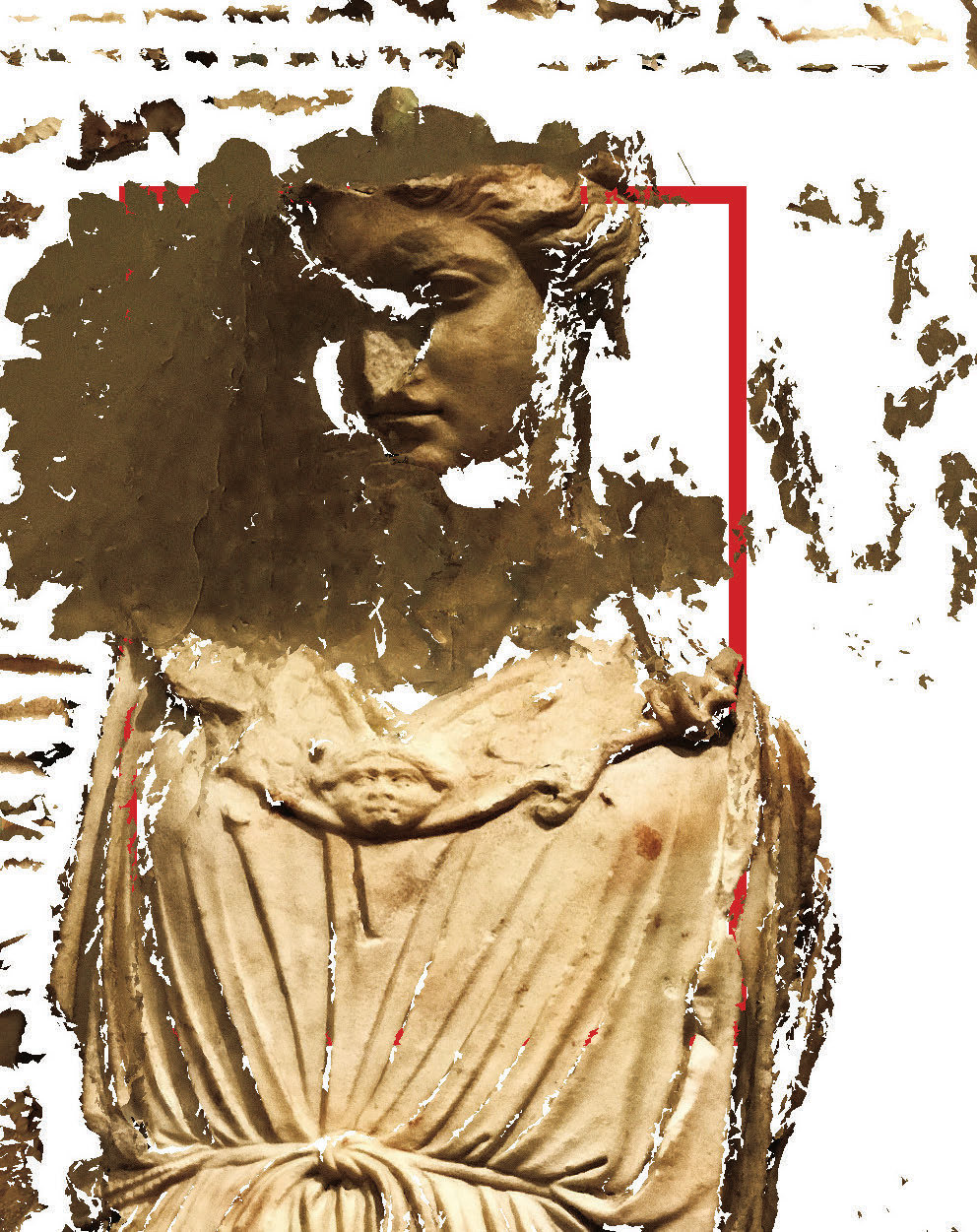

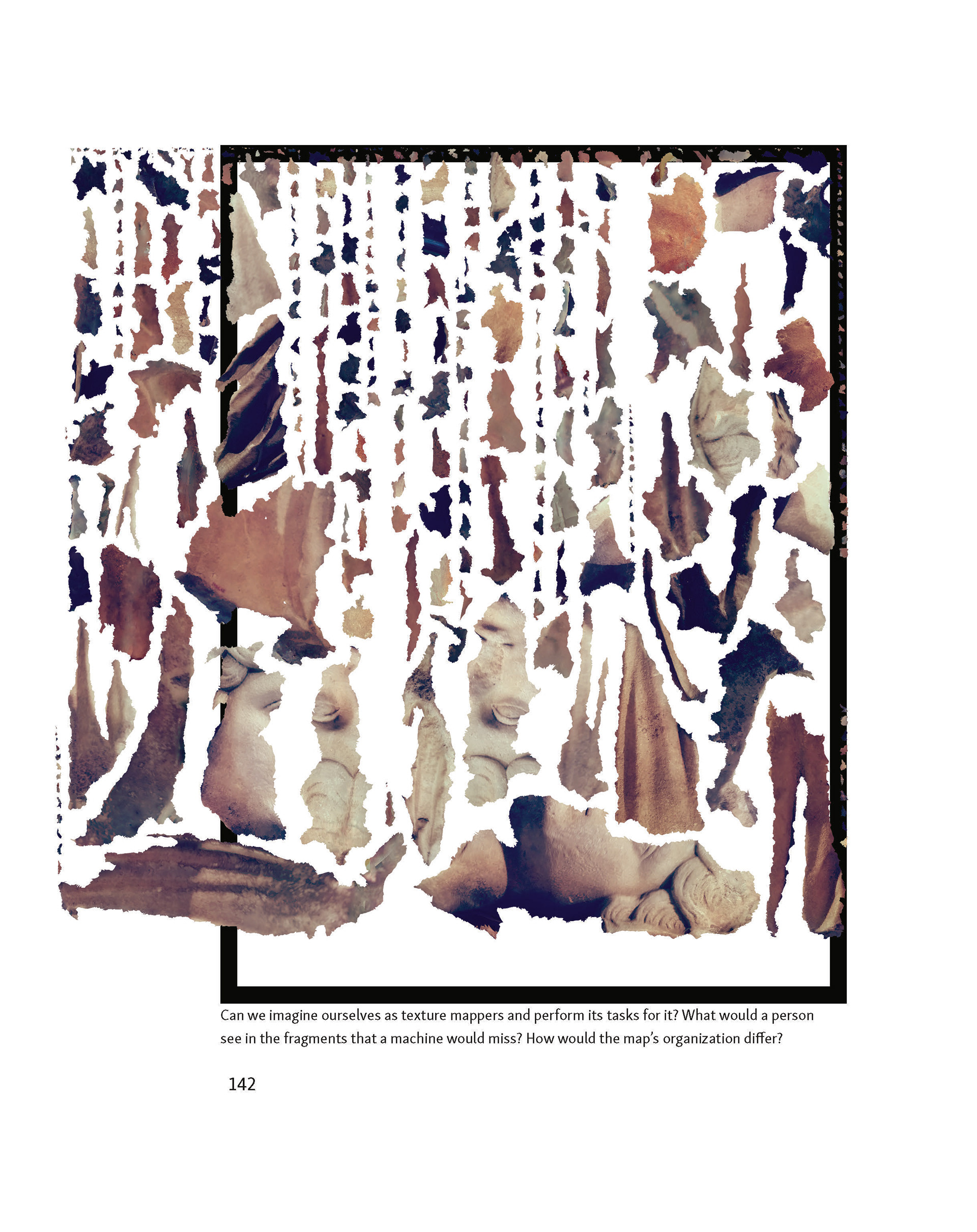
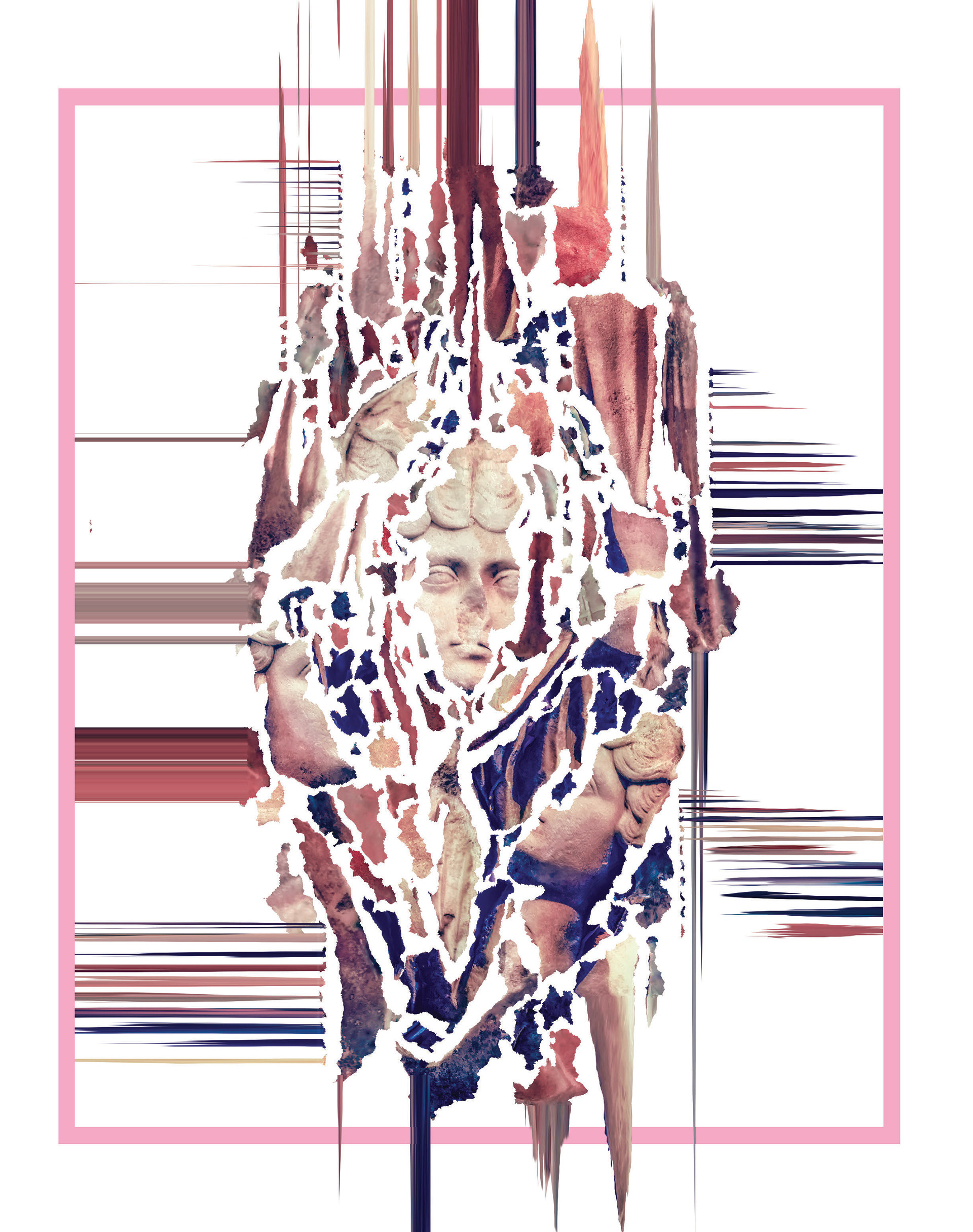
The relationship between broken tools and the uncanny are discussed via my favorite movie, Blade Runner (1982). The androids of Blade Runner--the replicants--are broken tools. And it is this very brokenness of them which short circuits our idea of what it is to be human. In exploring the world of the film I created graphics, currency, and film sets in the style of Los Angeles 2019.
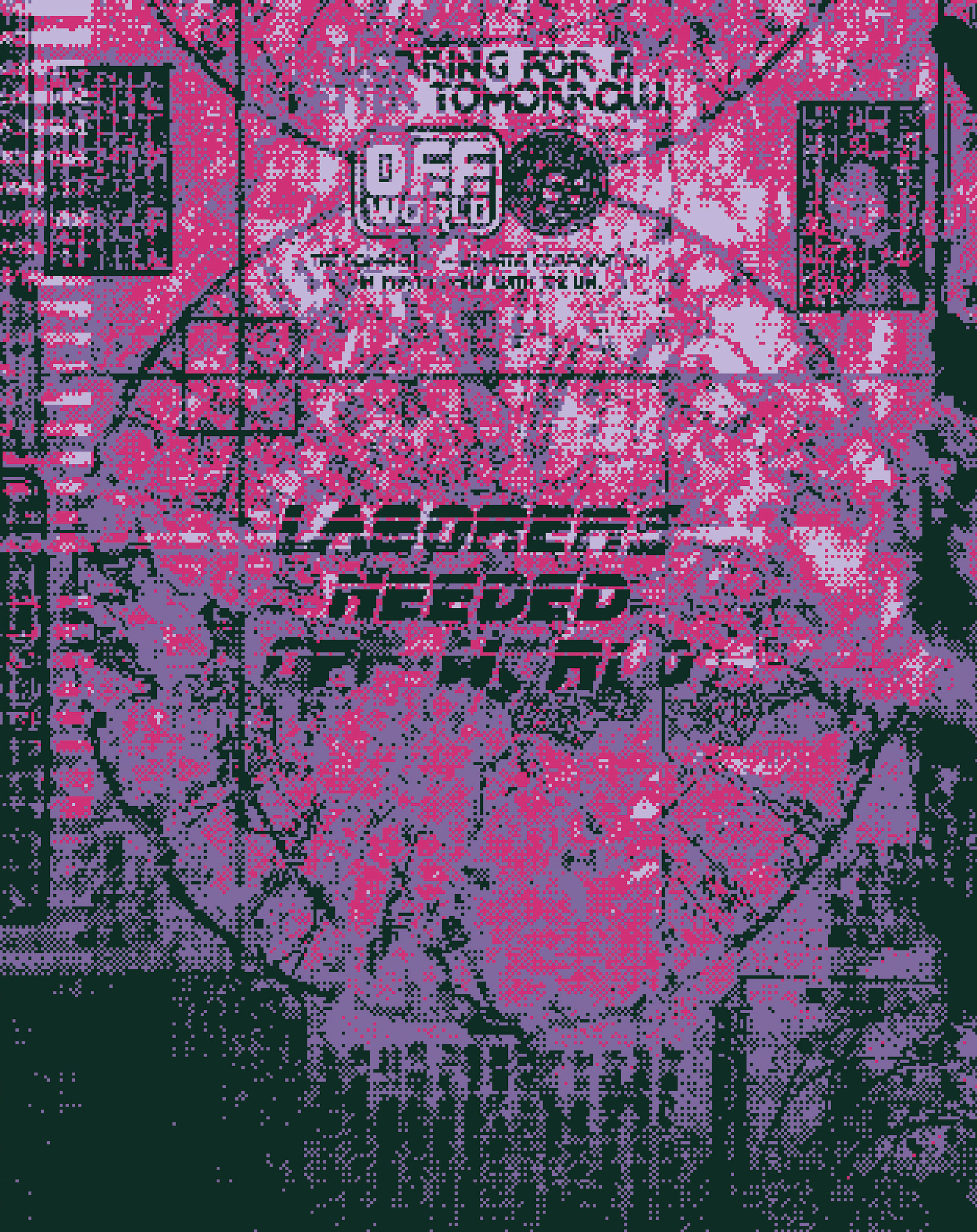
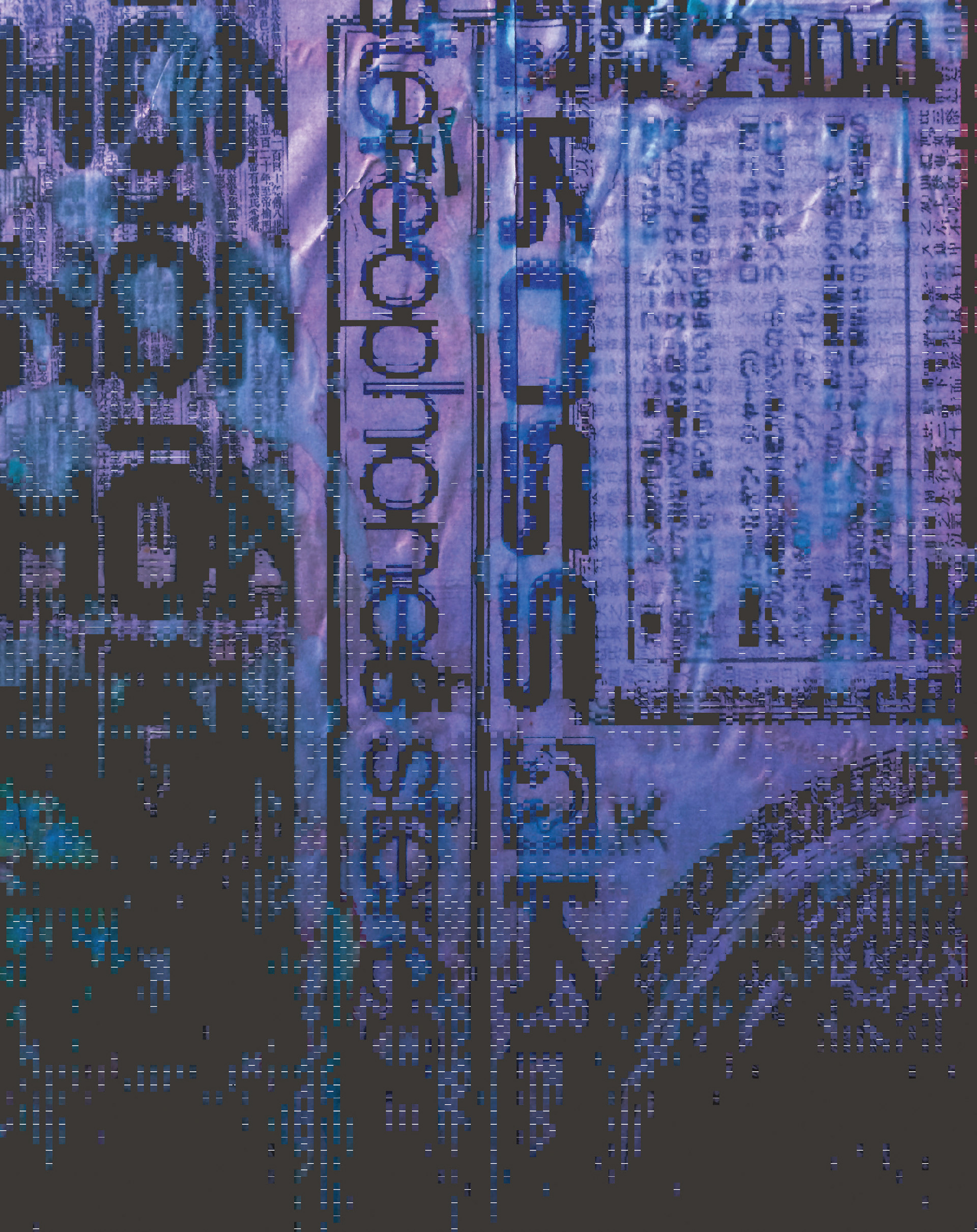


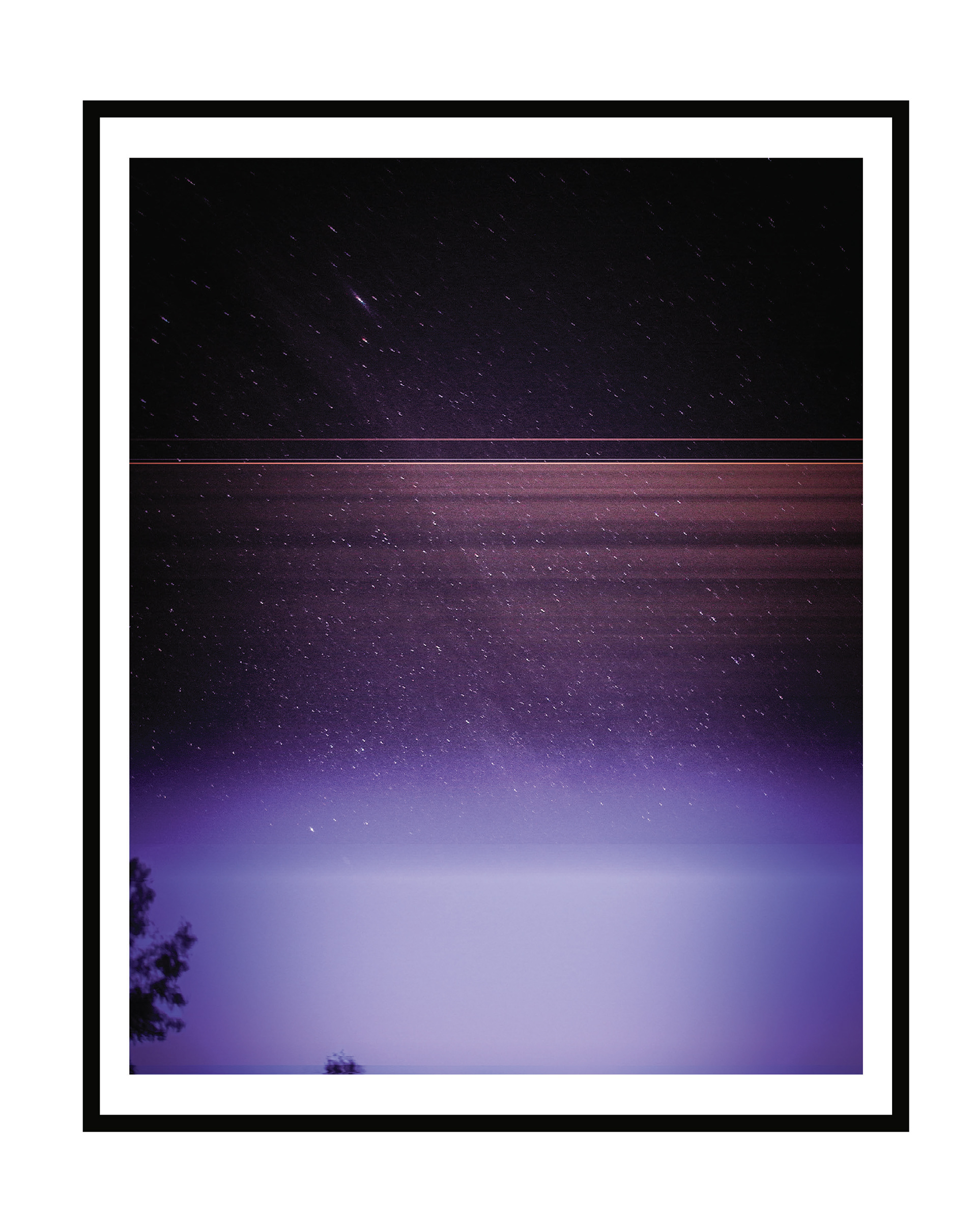
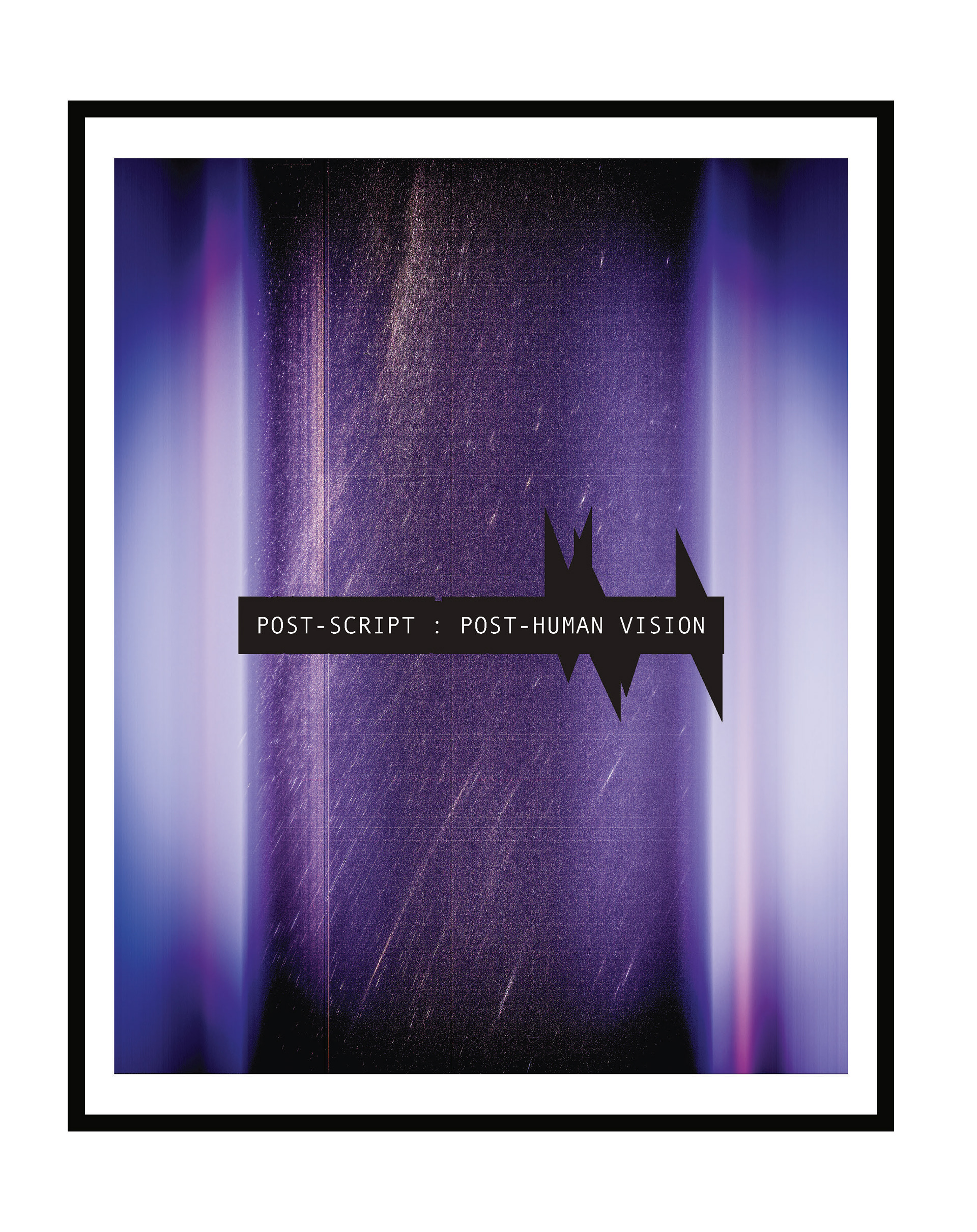
The book ends by looking outward toward the idea of posthumanism; the concept of incorporating non-human points of view into our ethics and worldview. This concept, typically discussed in terms of ecology, applies equally to the tools and materials which we use to make things. I extend the arguments of Tim Morton about "the end of the world" to say that if we are to truly accept the nonhuman into our thoughts, then the nonhuman must be able to drive and determine the things that we make. Tool-breaking and broken-tools might be thought of in this context as not the "breaking" of a tool, but the breaking of our ideas about how a tool, or any "thing," should behave. Specifically, tool-breaking teaches us that the world and the things in it -- even those that we create -- are not "for us," even when they are designed for us. Submitting ourselves to this idea may open up new ways to see the world and our place within it.
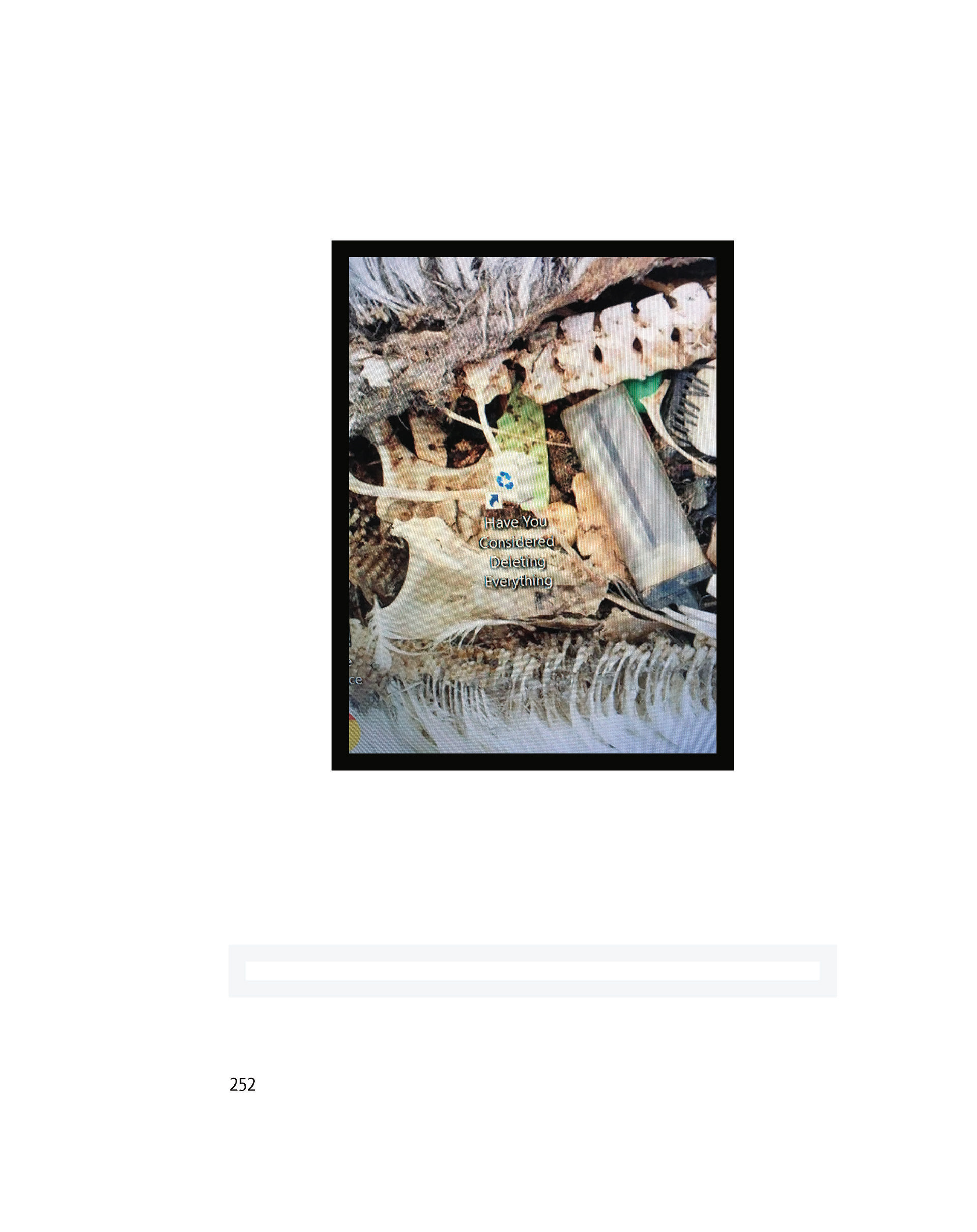

This book is not available for purchase but my intention is to make some version of it available in some medium in 2018.

